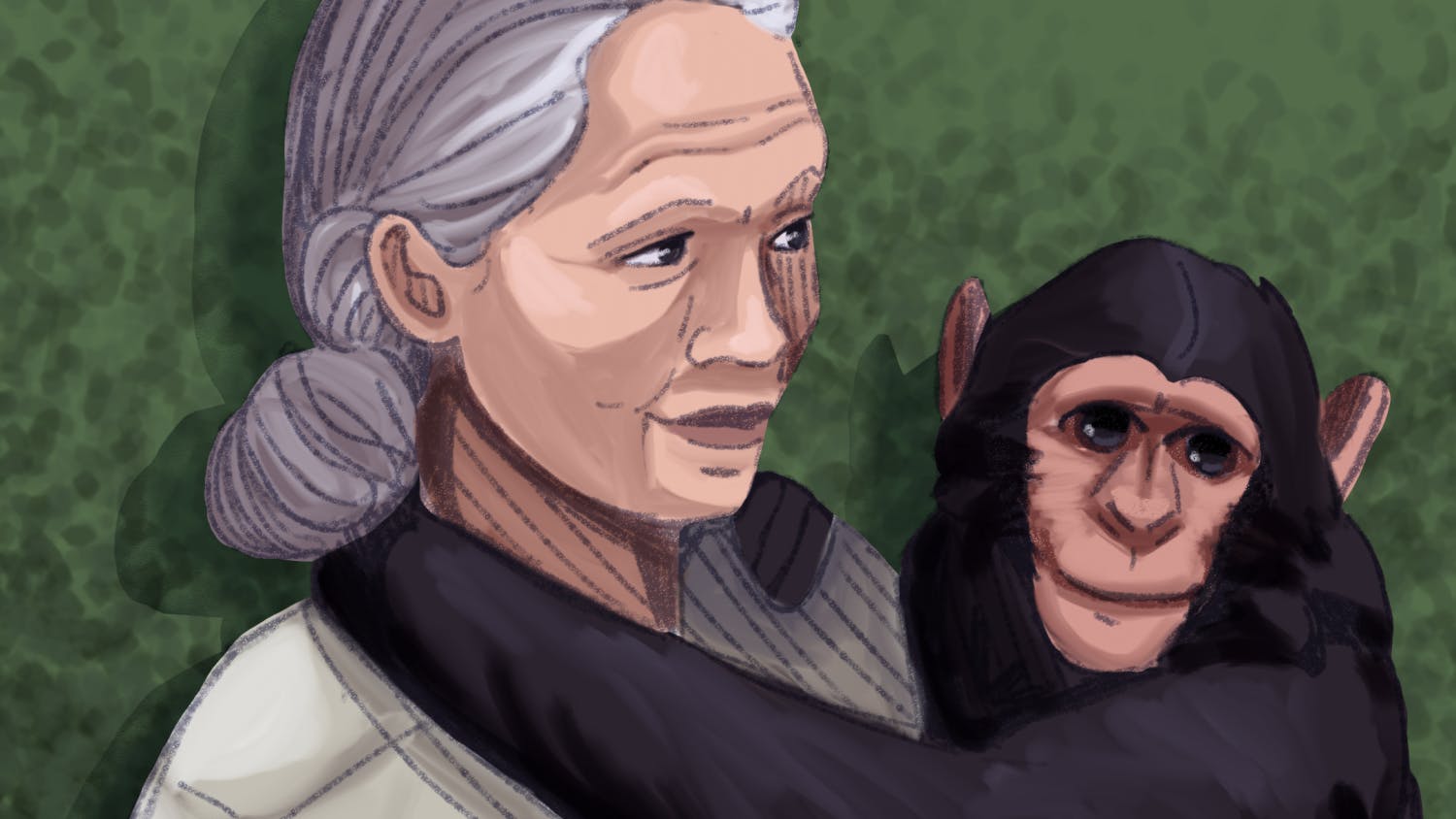One of the great mysteries of modern science has been how when bacteria congregate in small numbers, they are relatively innocuous. However, when the amount of bacteria grows, it is as if a switch goes on and they go from being a clump of innocuous bacteria to synchronized, lethal killers.
In recent years, chemists and bacteriologists have begun to solve the riddle. Bacteria, despite their obvious lack of vocal communication capabilities, have a highly evolved form of communication called quorum sensing.
Dr. Helen Blackwell of the chemistry department and the members of her team at the Blackwell Lab study quorum sensing. I ventured into the Shane Research Tower to interview her and naturally lost my way in the maze of the upper floors. I wandered through something that looked like a room full of giant freezers, when I, quite by accident though it was my intended target, stumbled upon Dr. Blackwell’s office.
When I asked her to define quorum sensing, she described it as a type of chemical signaling process used by bacteria and microorganisms at large. Bacteria “use small molecules and they send these out into the environment. The bacteria can sense these molecules and it allows them to know how many neighbors they have nearby,” Blackwell said.
From an evolutionary perspective, quorum sensing is extremely advantageous for bacteria, specifically human pathogens. In some ways, bacteria act like a pack of wolves. When there is a single wolf, it cannot successfully hunt and bring down a moose alone. However, when there’s a pack of wolves, it’s far easier for them to work together to bring down a beast much larger than their individual selves.
Similarly, with quorum sensing, bacteria reproduce in their host silently without notifying the host of their presence; when “they amass a certain density,” Blackwell said, quorum sensing allows the bacteria to determine the number of individuals around them and if it’s enough to infect the host they become virulent.
There are some interesting implications of research on quorum sensing for modern medicine. One of the major issues facing modern medicine today is the rise of antibiotic-resistant bacteria. However, quorum sensing may provide a new tool for antibiotics.
If scientists can effectively block bacteria from communicating with each other, the bacteria won’t become virulent and the host won’t become sick. Even better, “You aren’t seeing resistance development like with regular antibiotics,” Blackwell said.
Quorum sensing isn’t always associated with virulent microorganisms and they certainly don’t always use quorum sensing to become lethal killers, as I stated previously. In fact, there has been research on blocking biofilms. Bacteria use quorum sensing to form biofilms and the only way to remove biofilms is to cut them out.
Biofilms occur in such glorious places as the plaque on your teeth, inner ear infections and in many industrial settings, specifically in dairy. Once again, if scientists can block the bacteria from communicating, making them unable to form a biofilm they would save you and your dentist a lot of hassle.
Another example of harnessing quorum sensing could have environmental applications. “Certain symbiotic bacteria, such as nitrogen-fixing rhizobia help process nitrogen and fix nitrogen from the environment for plants,” Blackwell said. The implication of this is that it could be a very efficient way of fertilizing plants.
When I asked her the usual question I ask of all researchers, if she had any advice for undergrads, she paused a moment and then said, “Follow what you love, something you would do for free and it wouldn’t matter if you would be paid or not. Something that you really love so it’s not work. The thrill of discovery never goes away.”
And thus our conversation ended on a rather philosophical note and I walked away with more knowledge about how extraordinary bacteria is and how great the view is from the top floors of the Shane Research Tower.





